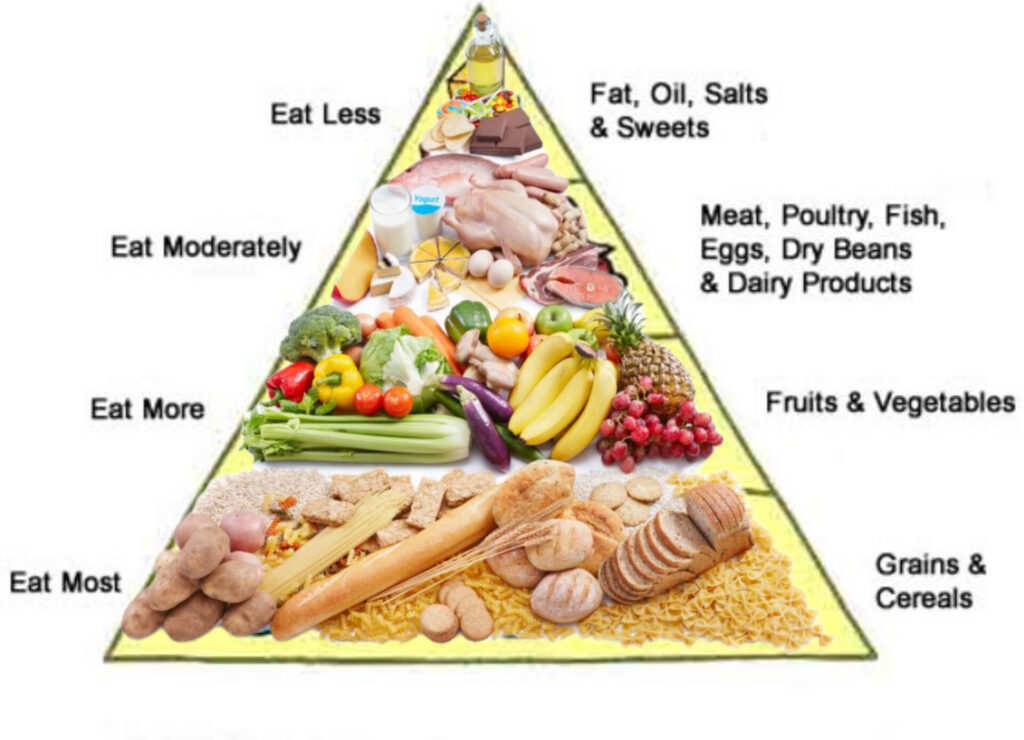
Nutrition and Its Importance
Definition:
Nutrients are the constituents of food that perform important functions in our body. If these nutrients are not present in sufficient amounts, it results in ill health.
Important Nutrients Include:
- Carbohydrates
- Proteins
- Fats (Lipids)
- Vitamins
- Minerals
- Water
Importance of Nutrition:
- Provides nutrients for energy (e.g., carbohydrates, proteins, fats).
- Helps build and maintain body tissues.
- Provides heat and energy for physical work and activities.
- Supports the regulation of body processes and protects the body from infections.
- Promotes growth and development.
- Helps in prevention of deficiency diseases and illnesses.
- Prevents malnutrition and death.
Factors Affecting Nutritional Status:
- Physical and Physiological Factors
- Gender
- Cultural Factors
- Food Fads
- Food Preferences
- Religious Beliefs
- Lifestyle Factors
- Economic Conditions
- Psychological Factors
- Health Conditions
- Environmental Factors
- Hospitalization
Assessment of Nutritional Needs:
To identify signs and symptoms of malnutrition, the nutritional status of a client is assessed using the following components:
1. Anthropometric Measurements:
- BMI (Body Mass Index):
\text{BMI} = \frac{\text{Weight (kg)}}{\text{Height (m²)}}
- Normal: 18.5–24.9
- Overweight: 25–29.9
- Obese: BMI ≥ 30
- Triceps Skinfold Thickness (TSF):
Measures subcutaneous fat using calipers at the midpoint of the upper arm. - Mid-Arm Circumference (MAC):
Taken at the midpoint between the shoulder and elbow. - Mid-Arm Muscle Area (MAMA):
Estimates lean body mass and muscle reserve.
2. Biochemical Tests:
These provide accurate and objective data about the individual’s nutritional status (e.g., hemoglobin, albumin, blood glucose, etc.).
3. Clinical Data:
A thorough physical assessment helps identify visible signs of nutritional deficiencies or excesses.
4. Dietary Habits and Data:
Nurses should ask about:
- Eating habits
- Food preferences or dislikes
- Frequency of meals
- Special diets (if any)
- Cultural or religious influences
Dietary Assessment Methods:
- 24-hour food recall
- Food frequency record
- Food diary
- Diet history
Review of Special Diets:
Special diets are modifications of normal diets used in the treatment of various illnesses:
1. Clear Liquid Diet:
- For patients who are intolerant to solid foods or roughage.
- Includes: water, tea, clear juices, broths, and carbonated drinks.
2. Full Liquid Diet:
- For patients unable to swallow solid food.
- Includes: milk, soups, custards, and blended food.
3. Soft Diet:
- Easily digestible food for patients with gastrointestinal issues or post-surgery.
4. Full Diet:
- Regular balanced meals (vegetarian or non-vegetarian).
Other Therapeutic Diets:
DASH Diet (Dietary Approaches to Stop Hypertension):
- Includes: fruits, vegetables, fish, poultry.
- Limits: sugar, sweeteners, sodium, and fats.
Fat-Restricted Diet:
- Used in: pancreatitis, gallbladder diseases, GERD.
- Avoids: fried and fatty foods.
Sodium-Restricted Diet:
- Used in: hypertension, heart failure, kidney disease.
- Avoids: pickles, papad, chips, canned food, salty snacks.
Protein-Restricted Diet:
- Used in: kidney failure, liver diseases.
- Avoids: high-protein food. Includes energy-rich, low-protein food like bananas, sweet potatoes, white rice.
Iron-Rich Diet:
- Used in: anemia.
- Includes: meat, eggs, green leafy vegetables, kidney beans, chickpeas, jaggery, bajra, etc.
